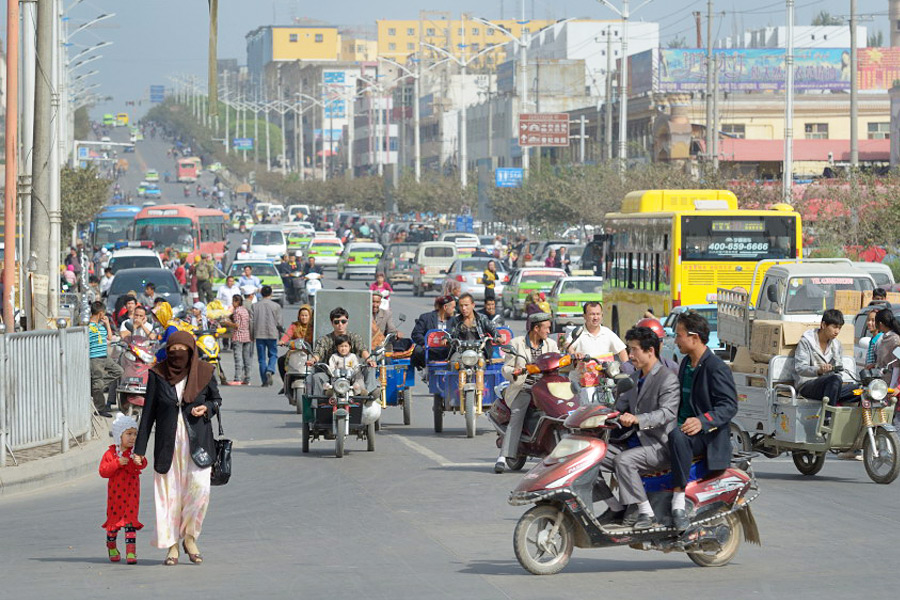
Kashgar - the heart of Eastern Turkestan!
Though the capital of Xinjiang Uygur Autonomous Region is Urumqi, all Uyghurs consider Kashgar to be the heart of Eastern Turkestan. It was this city that has been maintaining a traditional way of life, customs and culture of the Uyghur people for thousands of years. Not without reason the local community keep saying “the best things in Xin Jiang came from Kashgar”.
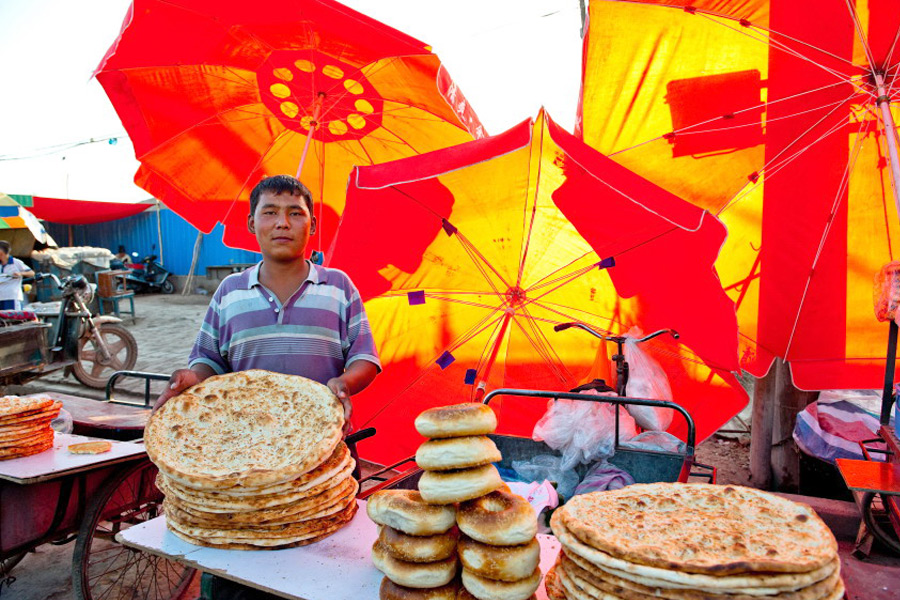
The city of Kashgar is located in the oasis of the same name, in the uttermost western part of the Tarim Basin. It is fed by three rivers: the Kashgar, Gezdarya and Hantereksu. Almost from all sides, the city is surrounded by the mountains of Tien Shan in the north and Kun-Lun in the south, while in the east, there lies the Takla Makan desert. The climate is relatively dry, but all the same this Kashgar oasis is one of the most fertile places in Xinjiang.
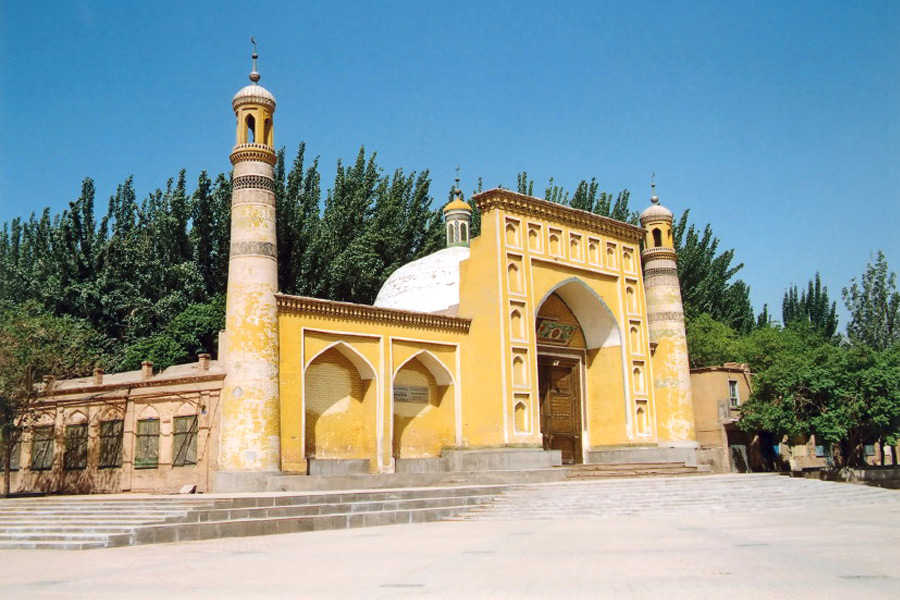
Kashgar's population currently exceeds 570,000 people, most of them are the Uyghurs. Kashgar is, perhaps, one of the few cities in Xinjiang, clearly divided into Turkic and mixed parts of the city. Old Town is purely a Uyghur district, while the new part of the city is inhabited by the Uyghurs and Chinese (30-40%), as well as the Kyrgyz and Sarykoltsy (Pamir ethnic group). Interestingly enough, the marriage between Chinese and Uyghurs in Kashgar are extremely rare.
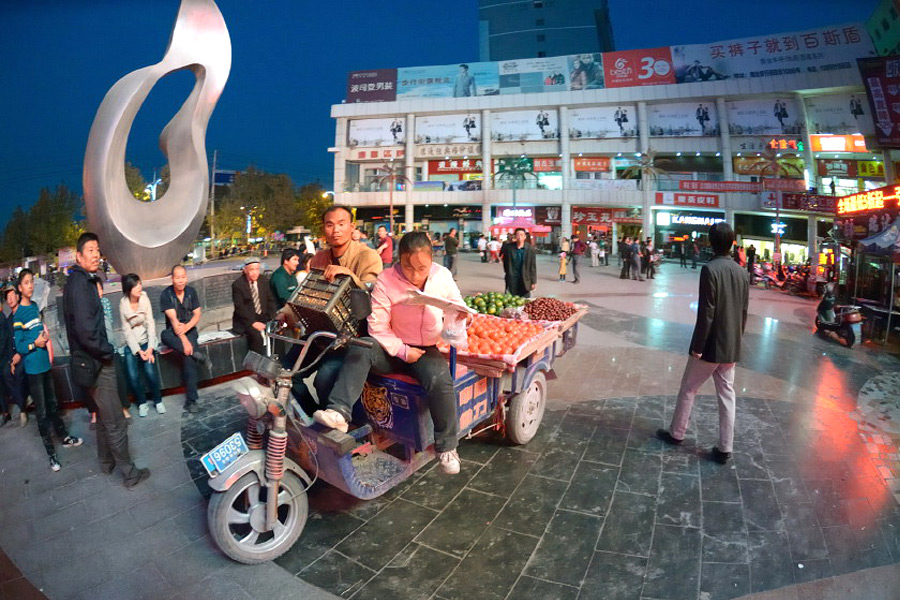
Kashgar is not just the heart of Xinjiang; it is one of the oldest cities in Eastern Turkestan, located at the crossroads of the Great Silk Road. In ancient times, Kashgar was called Shule, its modern Chinese name is Kashi, which means a “place of stone trade”. Caravans were moving along the Silk Road from Kashgar to the west through the Fergana Valley, to the south to Kashmir and to the north to Urumqi and Turpan. By the Great Silk Road south branch precious stones and semi-mythical jade, carpets, fruits and objects of art were exported from Kashgar to the West.
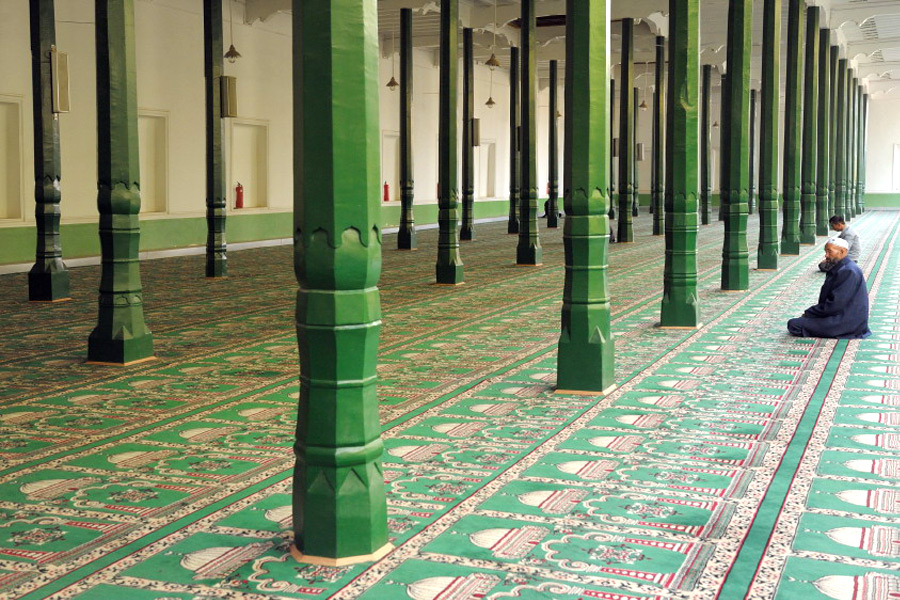
The history of Kashgar as part of China started from 60 BC, when a Han Dynasty emperor built a residence for a military governor. For a long time, until the second half of the XIX century, Kashgar has been a political, economic and cultural center of Eastern Turkestan. During its existence it was subjected to attacks several times, moreover, it was an epicenter of the many revolts. In the XIV century Kashgar was captured and completely destroyed by the Great Tamerlane army, and in 1862 the town became the center of one of the most powerful uprising against the Chinese - the rebellion of Yakub-bek. In addition, during the XIX-XX centuries Kashgar was an arena for political struggle between the two great empires: Russia and Great Britain.
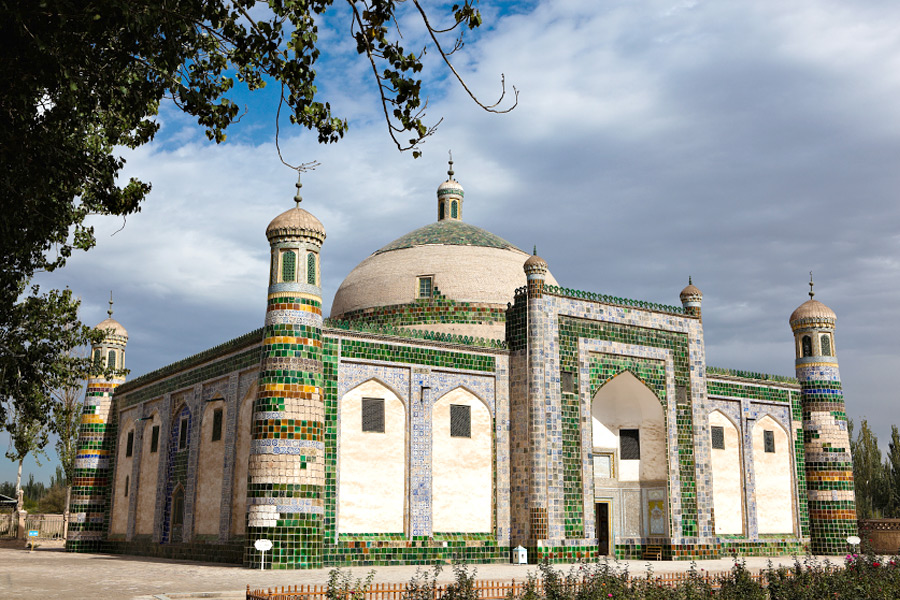
Modern Kashgar is a sui generis center of folk crafts and art. The Uyghurs are said that they “learn to talk and sing at the same time, and as soon as they feel legs they throw themselves into a dance”, so no wonder that Kashgar has many shops offering traditional musical instruments. Kashgar can be called “the city of bazaars”, too, because it has many bazaars and international trade markets. One of the biggest markets in Xinjiang – the East market where you can buy everything: fabrics, fruits, world-famous Kashgar carpets, clothing and so on, is found on the east bank of the Tuman riverside. Kashgarian favorite fruit is the pomegranate - all the city’s markets are full of it. Garnet hues can be met in the streets, in traditional national costume design and even in the building architecture. Not without reason the locals call Kashgar as "Pomegranate City."

